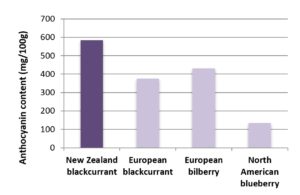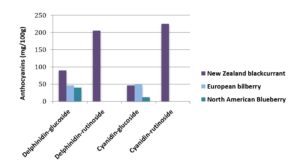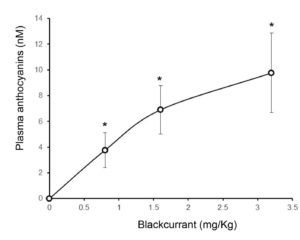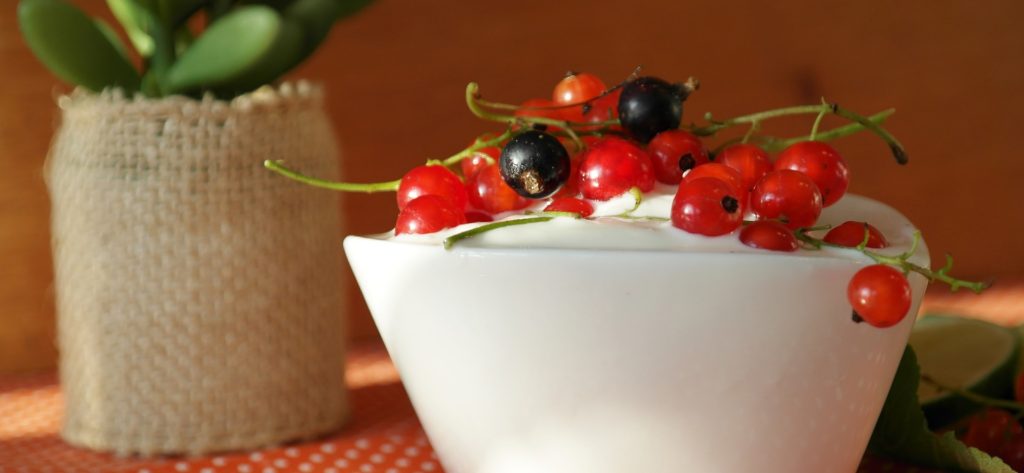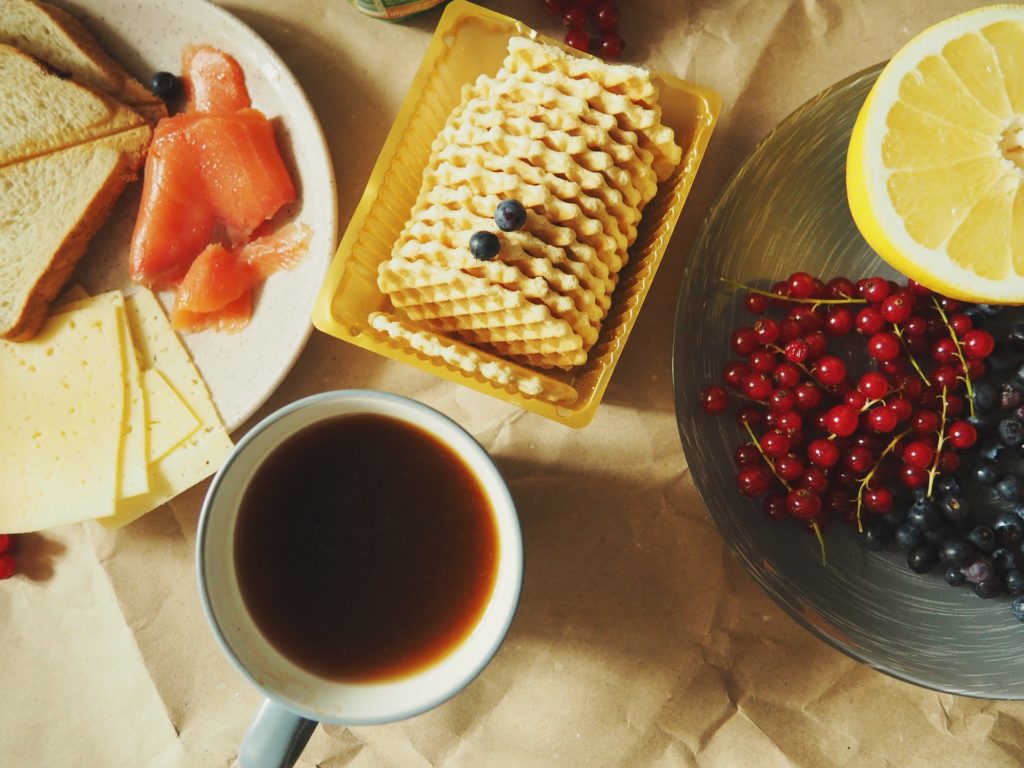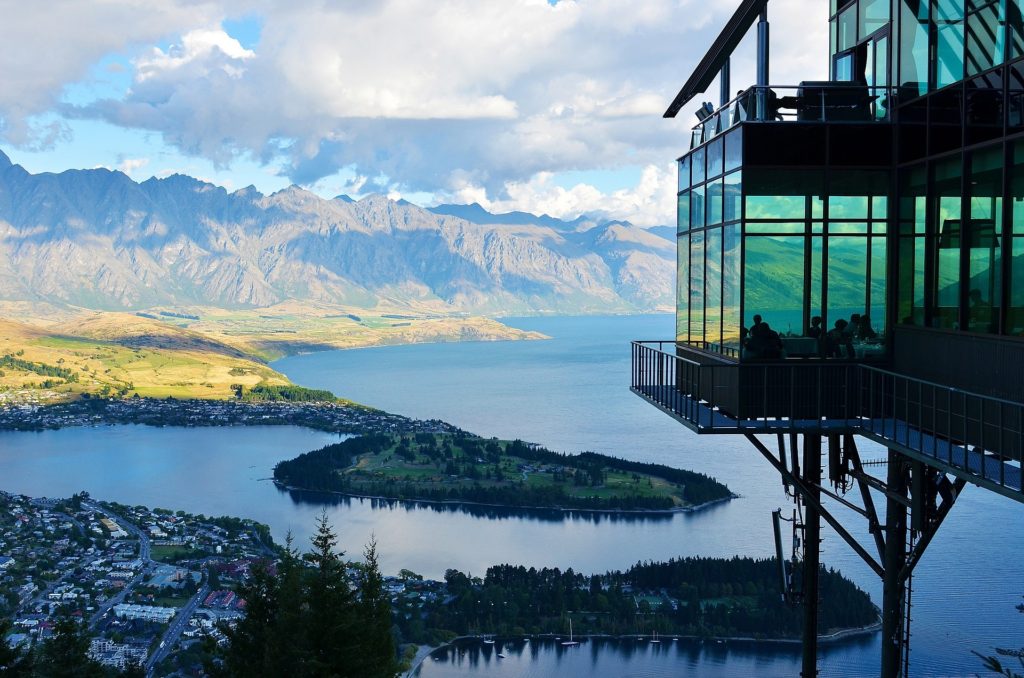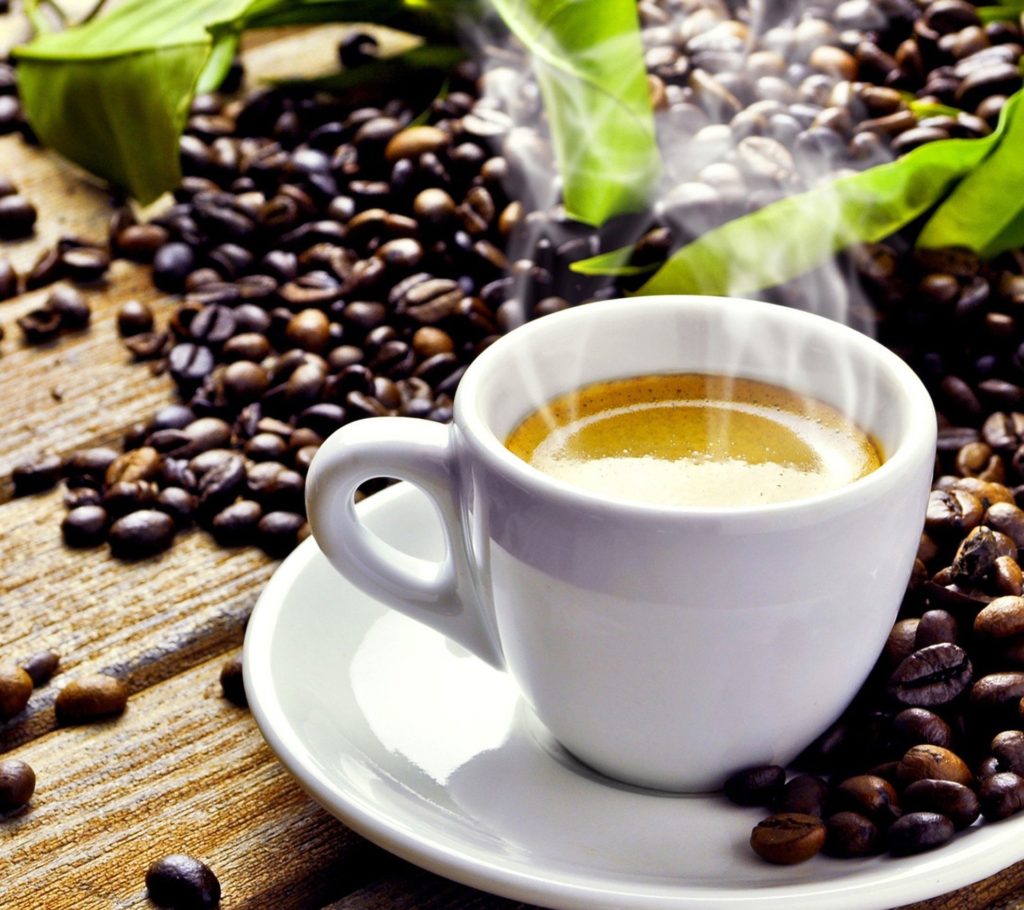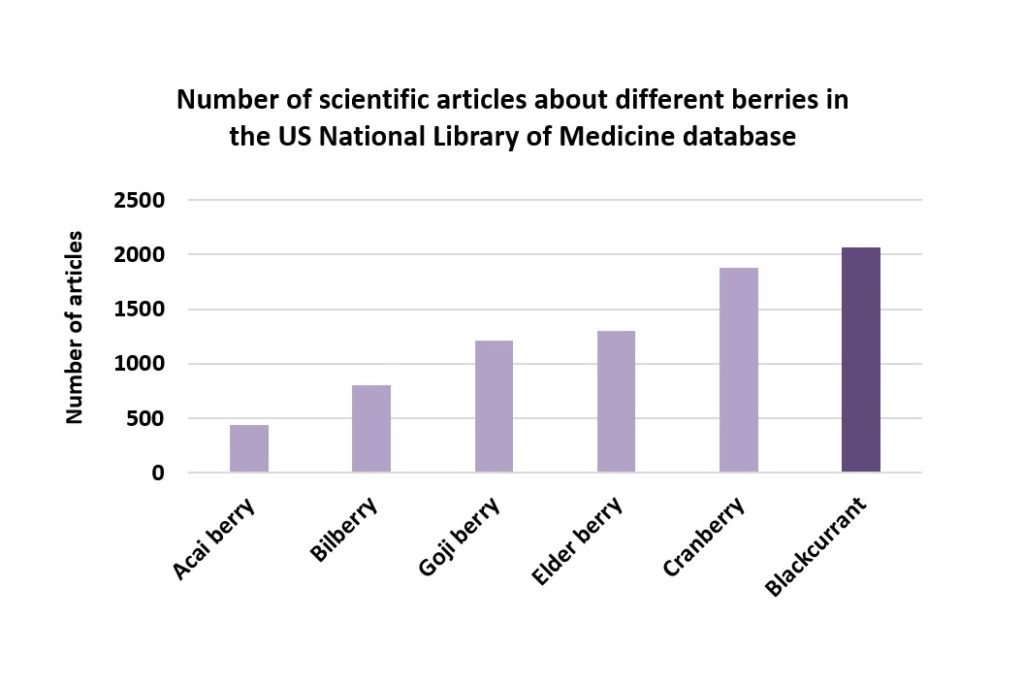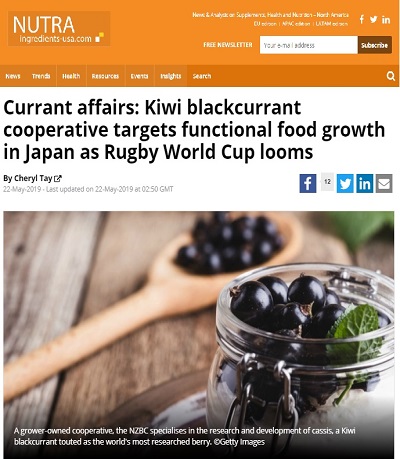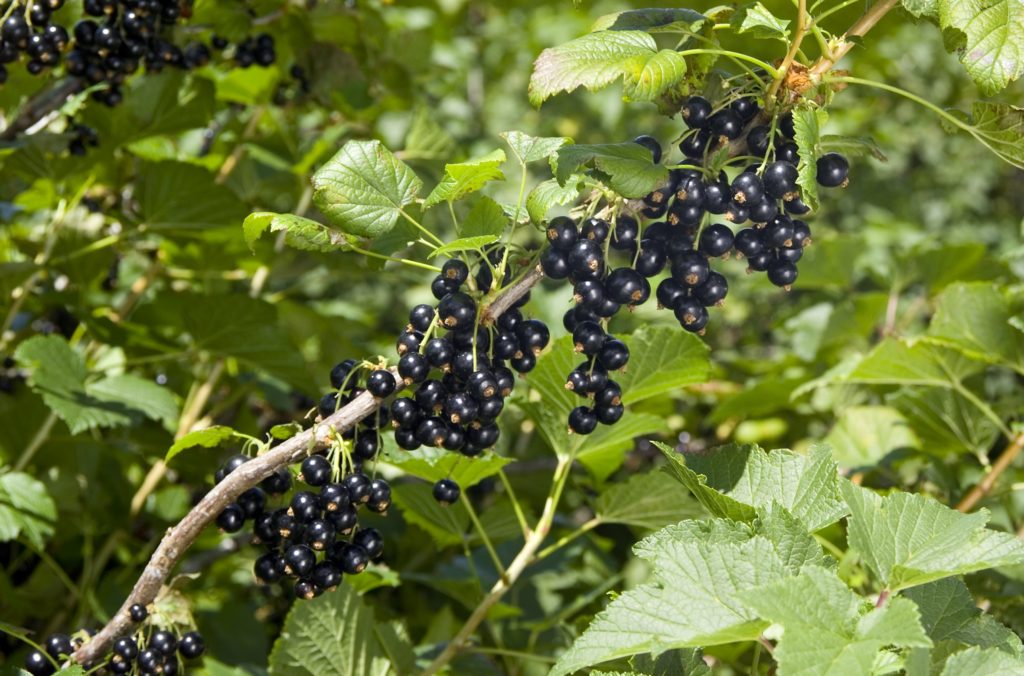Anthocyanins
New Zealand Blackcurrants – Unique anthocyanins
Summary
- New Zealand Blackcurrants contain four anthocyanins
- New Zealand Blackcurrants contain anthocyanins at levels higher than other berries, including blueberries, bilberries and European blackcurrants
- New Zealand Blackcurrants contain anthocyanins that are not found in other berries
- The ratio of rutinoside to glucoside anthocyanins is much greater in New Zealand Blackcurrants than in blackcurrants grown elsewhere
- Rutinoside anthocyanins are taken up from the gut into the blood stream 2.5 times more readily than glucoside anthocyanins
- New Zealand Blackcurrant anthocyanins are bioavailable
- New Zealand Blackcurrants activate cellular adaptive processes leading to a healthier body
1. New Zealand Blackcurrants contain four anthocyanins
Cyanidins give fruits and berries their red colour, and delphinidins their blue colour. The combination of these two anthocyanins in New Zealand Blackcurrants gives them their distinct purple colour at an intensity not seen in other commonly consumed fruits and berries.
Source: Unpublished data New Zealand Institute of Plant and Food Research
2. New Zealand Blackcurrants contain anthocyanins at levels higher than other berries, including blueberries, bilberries and European blackcurrants
New Zealand Blackcurrants have levels of anthocyanins higher than levels found in blackcurrants grown elsewhere, and higher than other berries, including bilberries and blueberries. This is presumed to be a result of the unique growing conditions of New Zealand, particularly the high levels of UV radiation, and the selection of specific blackcurrant varieties through breeding programs undertaken in New Zealand.
Source: Unpublished data New Zealand Institute of Plant and Food Research
3. New Zealand Blackcurrants contain anthocyanins that are not found in other berries
4. The ratio of rutinoside to glucoside anthocyanins is much greater in New Zealand Blackcurrants than in blackcurrants grown elsewhere
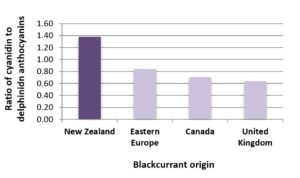 Source:
Source:
Anthony W. Watson et al (2015) Acute supplementation with blackcurrant extracts modulates cognitive functioning and inhibits monoamine oxidase-B in healthy young adult. Journal of Functional Foods 17:524–539
Tafadzwa Nyanhanda et al (2014). Blackcurrant cultivar polyphenolic extracts suppress CCL26 secretion from alveolar epithelial cells. Food and Function.
Elham Hosseini-Beheshti et al (2012). Characterization of Antioxidant Capacity from Fruits with Distinct Anthocyanin Biosynthetic Pathways. J Nutr Food Sci. 2:122
Zoriţa Diaconeasa et al (2015). Antiproliferative and Antioxidant Properties of Anthocyanin Rich Extracts from Blueberry and Blackcurrant Juice
Int. J. Mol. Sci. 16:2352-2365.
Hubert Antolak et al (2016) Black Currant (Ribes nigrum L.) and Bilberry (Vaccinium myrtillus L.) Fruit Juices Inhibit Adhesion of Asaia spp. BioMed Research International 2016.
Paul M. Rose et al (2018). Application of Anthocyanins from Blackcurrant (Ribes nigrum L.) Fruit Waste as Renewable Hair Dyes J. Agric. Food Chem 66:6790-6798.
5. Rutinoside anthocyanins are taken up from the gut into the blood stream 2.5 times more readily than glucoside anthocyanins
|
Anthocyanin supplemented levels (mg/60kg) |
Anthocyanin plasma levels (ng/L) |
Ratio of anthocyanin plasma:supplemented levels |
Rutinoside: glucoside ratio |
|
| Glucoside levels |
53.4 |
498 |
9.3 |
2.5 |
| Rutinoside levels |
378.6 |
8798 |
23 |
Volunteers supplemented with New Zealand Blackcurrant juice showed a significantly greater uptake of rutinoside anthocyanins into their plasma than glucoside anthocyanins.
Source: Anthony W. Watson et al (2015) Acute supplementation with blackcurrant extracts modulates cognitive functioning and inhibits monoamine oxidase-B in healthy young adult. Journal of Functional Foods 17:524–539
6. New Zealand Blackcurrant anthocyanins are bioavailable
Levels of anthocyanins were elevated in the plasma of volunteers 2 hours after ingestion of New Zealand Blackcurrant extract at doses from 0.8 mg of anthocyanins/kg of body weight (equivalent to 60mg of anthocyanins, or 12 grams of New Zealand Blackcurrants or 11 Blackcurrants, for a person weighing 75kgs).
Source: Hurst RD et al. (2019) Consumption of an Anthocyanin-Rich Extract Made From New Zealand Blackcurrants Prior to Exercise May Assist Recovery From Oxidative Stress and Maintains Circulating Neutrophil Function: A Pilot Study. Front. Nutr. 6:73
7. New Zealand Blackcurrants activate cellular adaptive processes leading to a healthier body
Current scientific and marketing messaging for the basis of consuming fruit and especially berries containing anthocyanins, is based on the dogma that on consumption the anthocyanins enter the circulation and act directly as antioxidants, improving health by scavenging toxic free radicals at a cellular level. However, new research is challenging this. The New Zealand Institute of Plant and Food Research (PFR) has recently shown that the unique ratio of anthocyanins in New Zealand Blackcurrants activates cell signaling molecules such as nrf2. Once activated nrf2 up regulates a portfolio of endogenous cell antioxidant and other protective and defense systems. The activation of nrf2-dependent antioxidant protective and defense systems by New Zealand Blackcurrants ADAPTS and improves the body so that it can handle the stresses of everyday living, the stresses associated with an active lifestyle and the stresses of aging.


